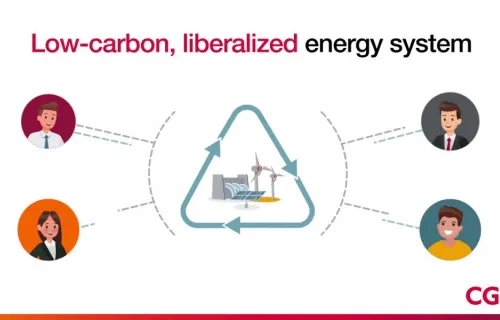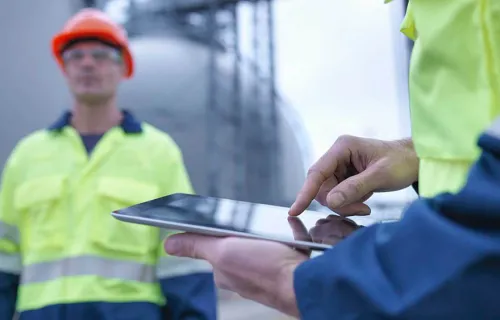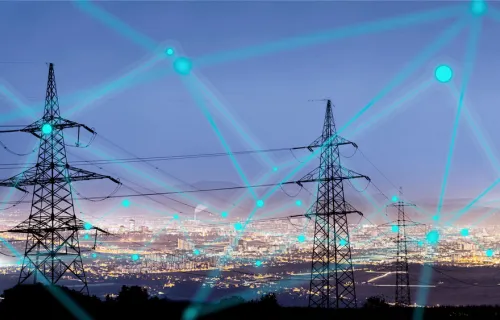Hydro One demonstrates how smart meters can support improved outage management and deliver cost savings.
As smart meters have become more widespread in utility operations, no longer are they simply a device for recording and transmitting consumption data for billing. Early on, additional functionality included remote disconnects and reconnects, for example for changes of householders. Much effort also has been expended on harnessing smart meters as a tool to engage customers and support their more efficient use of electricity.
“We have long had a vision for other use cases for smart meters but initially they were seen simply as cash registers,” says Alex Bettencourt, Programme Director Smart Grid at Ontario utility, Hydro One.
The most important use case envisaged was to secure voltage information from the smart meters that could be used to support outage management, with outage related truckrolls alone costing the utility millions of dollars annually. “We knew we needed to make improvements in our operations reliability and started to look at how we could use the smart meters as a real-time situational awareness tool in the grid,” Bettencourt continues.
Hydro One is one of the largest transmission and distribution utilities in North America, with 1.3m distribution customers spread across a large, mainly rural service territory. Through a provincial mandate Ontario had become one of the first jurisdictions to complete a mass rollout of smart meters with Hydro One’s deployment completed in 2010.
AMI solution
In an Engerati webinar, Bettencourt and technology provider CGI’s Monica Vaz, Smart Metering Manager, describe the architecture and the implementation and application of a smart metering solution with outage management, which also has been implemented at EDP Distribution in Portugal in its InovGrid smart grid and smart city project.
CGI’s Sm@rtering is a modular solution comprised of three elements – grid control to optimise the grid operations, meter data management and a head-end module that manages the communications.
Vaz comments that the various tools within the solution are configurable to the business needs of each utility and to the different grid and AMI topologies. For example, in Europe PLC mesh is the most common network architecture, whereas in North America RF mesh is more prevalent.
“It’s a vendor agnostic end-to-end solution that integrates the IT and OT operations by combining the data to share a common view of the low voltage grid,” she says.
Outage management use case
Bettencourt explains that the outage management application is based on the ‘last gasp’ principle that a meter that has lost power is able to send a ‘last gasp’ signal and from these a real-time situational view of the grid can be established. “We have divided the territory into seven zones and we can drill down into any of these right down to the household level and see which meters are not powered,” he says. “In practice not all the meters report last gasps but about 65% do and it is enough that we can always isolate where the outages are.”
In addition, the dispatchers can ‘ping’ the smart meters to confirm whether or not they are powered. Utilising data on the topography of the grid and the protective elements within Sm@rtering, a ‘smart ping’ pings not only the selected target meter but other meters within the same protected segment and those just to the north and to the south.
“We can then get a fairly accurate view of the scope of the outage – if it is just downstream of the fuse, downstream of the recloser or just that one customer,” says Bettencourt. He notes that a no response from probable power-off meters is on average 42 seconds, while the average time for a powered meter to return to power-on status is 8 seconds. Moreover, Hydro One’s smart meters are first generation and later generations should achieve better performance.
Customer benefits
Outcomes of the implementation include more rapid awareness of outages, often before customers are aware, and being able to more accurately direct field crews to outage locations.
Another benefit that Bettencourt mentions is improved customer service. When a customer calls in to report an outage, it can be readily confirmed with a ping if it is due to failure on the system or another cause such as the breaker in the home. “Now we can have a different conversation with the customer,” he comments. “Previously we would have had to send out a field crew but with this system we have been able to screen 5,000 more calls, which has translated into 5,000 fewer truckrolls amounting to considerable OpEx savings.”
Looking ahead, Bettencourt says that Hydro One has launched a project to extend the capabilities of the solution with further automation, while for its part CGI is investigating other use cases such as vegetation management and call centre services. “We have worked to refine the algorithms and will continue to evolve the solution to meet the different needs,” promises Vaz.
This article was first published on Engerati on January 25, 2019, and is reused here with permission.




